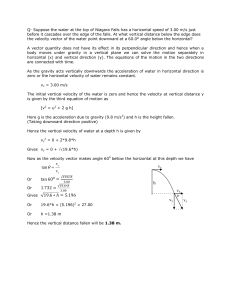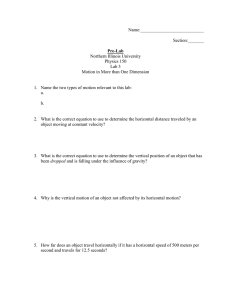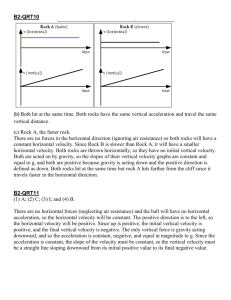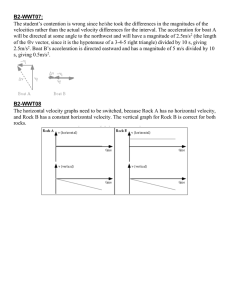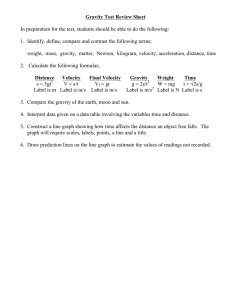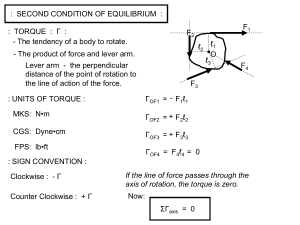B2-CRT12 There are no forces in the horizontal direction (ignoring air... constant horizontal velocity. Since Rock B lands farther away from...
advertisement
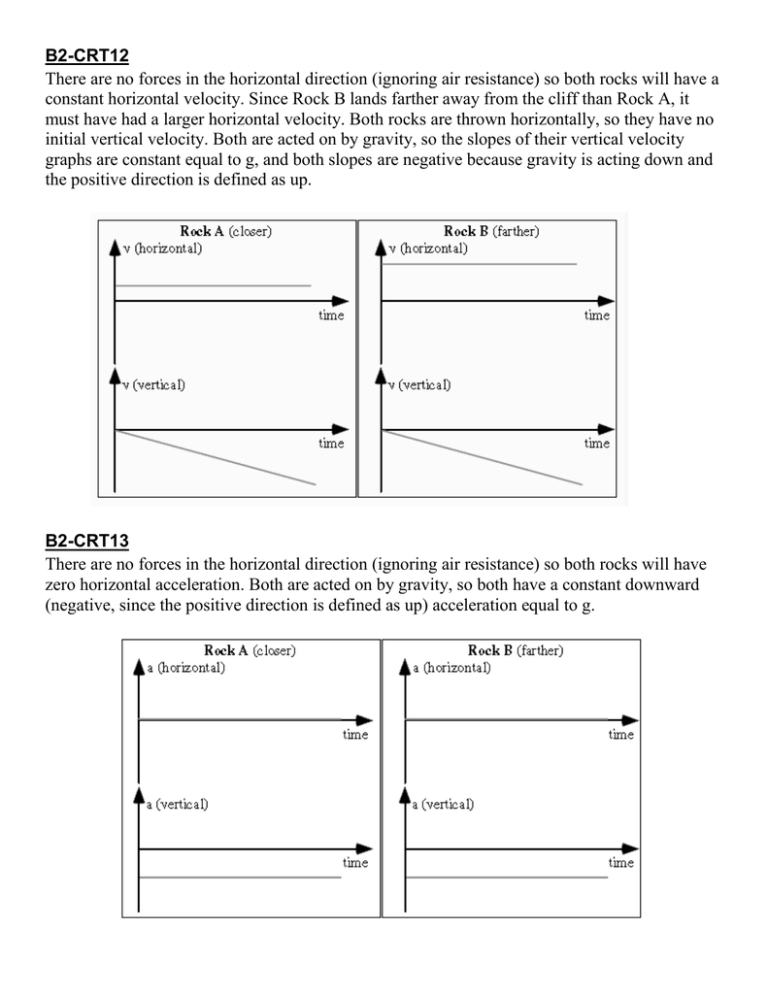
B2-CRT12 There are no forces in the horizontal direction (ignoring air resistance) so both rocks will have a constant horizontal velocity. Since Rock B lands farther away from the cliff than Rock A, it must have had a larger horizontal velocity. Both rocks are thrown horizontally, so they have no initial vertical velocity. Both are acted on by gravity, so the slopes of their vertical velocity graphs are constant equal to g, and both slopes are negative because gravity is acting down and the positive direction is defined as up. B2-CRT13 There are no forces in the horizontal direction (ignoring air resistance) so both rocks will have zero horizontal acceleration. Both are acted on by gravity, so both have a constant downward (negative, since the positive direction is defined as up) acceleration equal to g.

